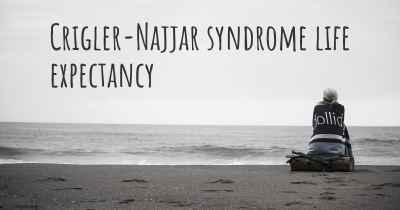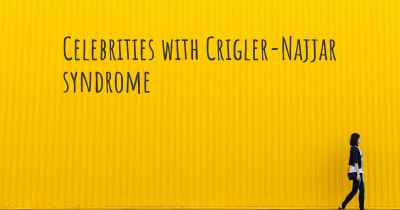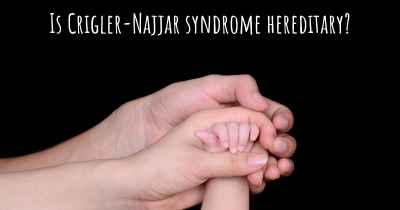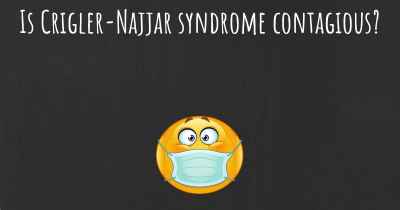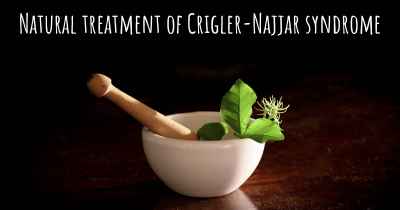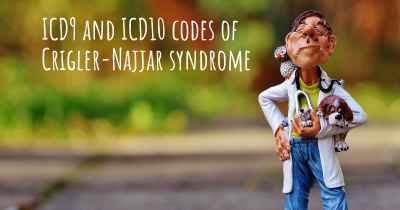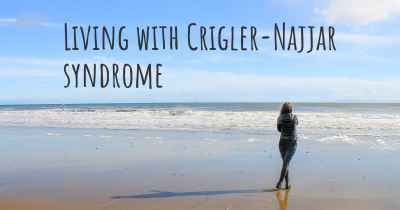Which are the symptoms of Crigler-Najjar syndrome?
See the worst symptoms of affected by Crigler-Najjar syndrome here
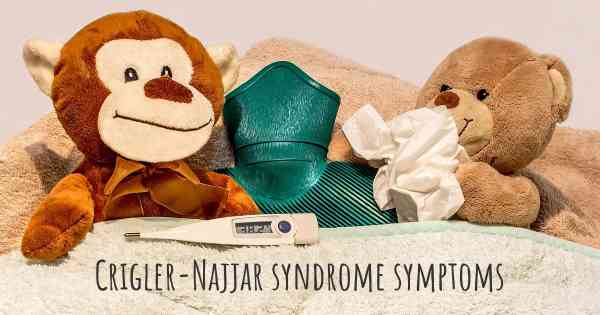
Crigler-Najjar syndrome is a rare genetic disorder characterized by the body's inability to properly process a substance called bilirubin. Bilirubin is a yellow pigment that is produced when red blood cells are broken down. In individuals with Crigler-Najjar syndrome, the liver lacks an enzyme called UDP-glucuronosyltransferase, which is responsible for converting bilirubin into a form that can be easily excreted from the body.
There are two types of Crigler-Najjar syndrome: type 1 and type 2. Type 1 is the more severe form and is present from birth, while type 2 is less severe and may not become apparent until later in life.
One of the hallmark symptoms of Crigler-Najjar syndrome is jaundice. Jaundice is characterized by a yellowing of the skin and eyes due to the buildup of bilirubin in the body. This yellow discoloration is often the first sign of the condition and can be quite noticeable.
Individuals with Crigler-Najjar syndrome may also experience fatigue and weakness. This is thought to be due to the high levels of unconjugated bilirubin in the bloodstream, which can interfere with normal bodily functions.
In severe cases of Crigler-Najjar syndrome, a condition known as kernicterus may develop. Kernicterus occurs when unconjugated bilirubin crosses the blood-brain barrier and accumulates in the brain. This can lead to neurological problems such as seizures, muscle stiffness, and developmental delays. Kernicterus is a life-threatening condition and requires immediate medical attention.
Other symptoms that may be present in individuals with Crigler-Najjar syndrome include pale stools and dark urine. The absence of UDP-glucuronosyltransferase in the liver prevents the proper excretion of bilirubin, leading to changes in stool and urine color.
It is important to note that the severity of symptoms can vary widely among individuals with Crigler-Najjar syndrome. Some individuals may have mild symptoms and be able to lead relatively normal lives, while others may experience more severe symptoms and require ongoing medical management.
Treatment for Crigler-Najjar syndrome typically involves phototherapy. Phototherapy uses special lights to help break down bilirubin in the skin, making it easier for the body to eliminate. This treatment is often done at home using a phototherapy device. In more severe cases, a liver transplant may be necessary to replace the faulty liver enzyme.
In conclusion, Crigler-Najjar syndrome is a rare genetic disorder characterized by the body's inability to process bilirubin. The main symptoms include jaundice, fatigue, weakness, pale stools, dark urine, and in severe cases, the development of kernicterus. Early diagnosis and appropriate management are crucial in order to prevent complications and improve the quality of life for individuals with this condition.
